SingleCare vs GoodRx vs RxSaver: Real-World Prescription Savings Showdown 2025
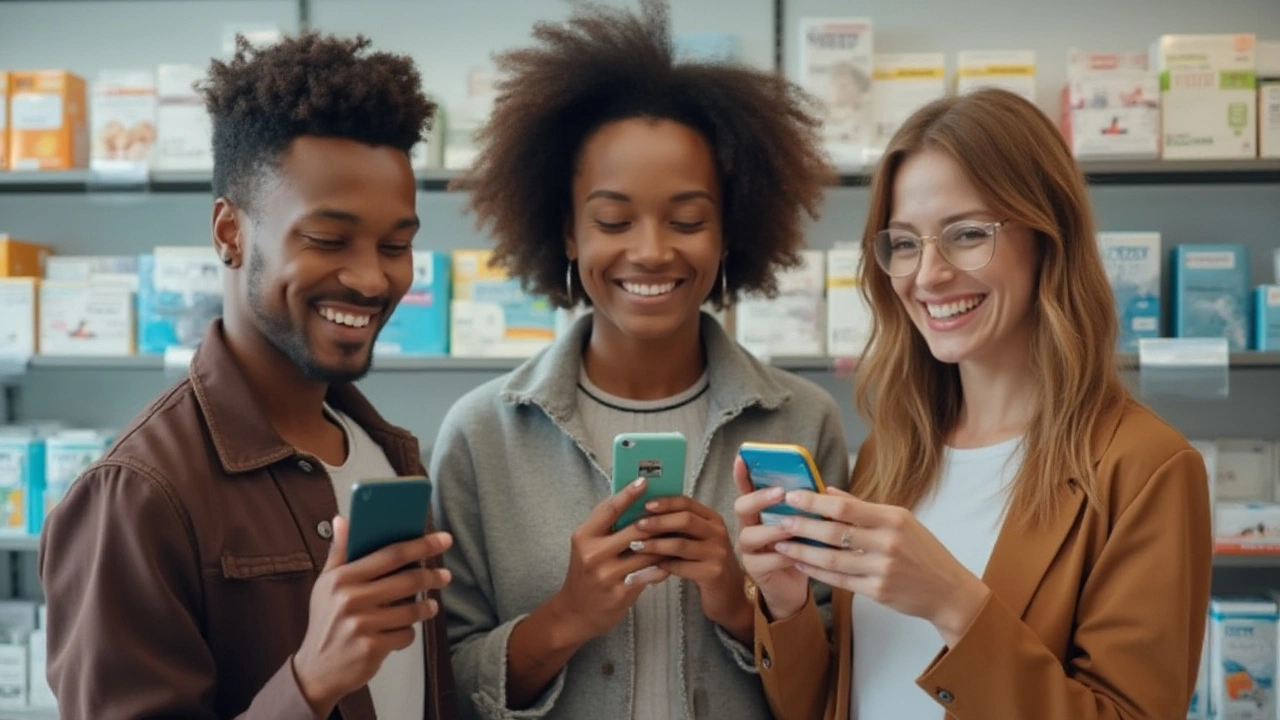
Australia doesn’t sell paracetamol behind the counter, but the US? Entirely different game. People there spend more on prescription meds than anyone, and the price tags keep climbing. Pharmacies look the same, but the cost swings from decent to criminal, depending on which discount you use. If you’re tired of sticker shock at the register, you’ve probably already googled names like SingleCare, GoodRx, and RxSaver. Outrageously enough, the same pill, from the exact same bottle, can cost five bucks or fifty, all down to a coupon. I’ve spent weeks tracking receipts, talking to pharmacists, and using these three apps. You want to know which one actually saves cash, saves time, and skips the hassle? Let’s break it down.
The Basics: What Each Service Promises
Each of these apps is all about one thing: making meds more affordable for people stuck without good insurance, or those whose insurance makes them pay more than the cash price with a coupon. Sounds ridiculous—but in America, it’s real.
Prescription savings apps aren’t all the same. SingleCare, GoodRx, and RxSaver promise no sign-ups, no fees—just pull up a coupon and show your pharmacist. But behind the scenes, they work differently and negotiate different discounts. Here’s a quick kind of cheat sheet:
- GoodRx: The oldest, most famous, piles on hundreds of pharmacy partners. Their brand’s practically synonymous with drug savings in the States.
- SingleCare: Making up ground quickly, touts transparent pricing and a strong pharmacy network, plus a points program.
- RxSaver: Sleek interface, good coverage in urban areas, quietly reliable but not shouting about its app in every TV ad.
Download was quick for all of them, and privacy—no nonsense about medical history or ID uploads. The biggest claim: "You’ll pay less, every time." But is that true at the pharmacy counter?
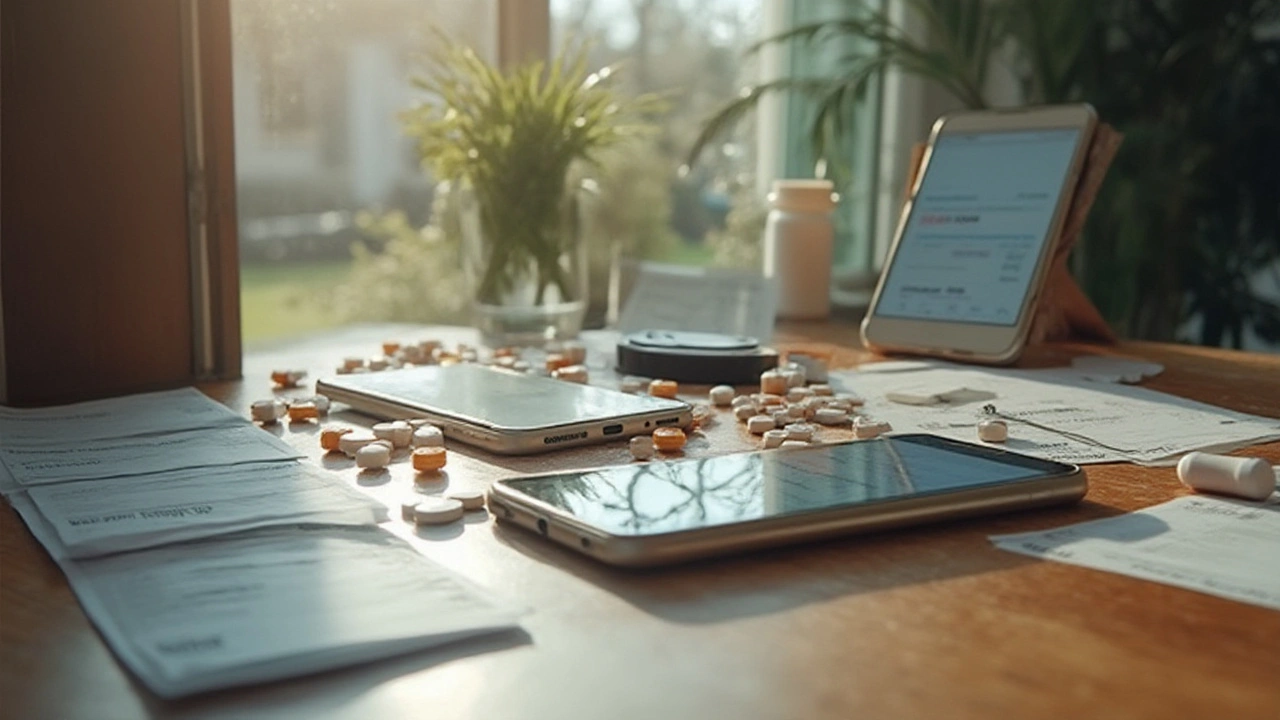
Testing In The Wild: Price Comparisons and Real Usability
No theory here. I took the three apps and tested them at real US pharmacies—Walmart, CVS, Walgreens, and Kroger—over a handful of popular meds everyone recognizes: atorvastatin (for cholesterol), amoxicillin (infection), lisinopril (blood pressure), metformin (diabetes), and sertraline (antidepressant). Each time, I checked the price before tax, cash pay, for the generic form.
| Medicine | Store | GoodRx | SingleCare | RxSaver |
|---|---|---|---|---|
| Atorvastatin (30 tabs) | CVS | $17.54 | $15.98 | $21.25 |
| Amoxicillin (30 tabs) | Walmart | $9.62 | $8.87 | $12.40 |
| Lisinopril (30 tabs) | Walgreens | $14.20 | $13.66 | $18.40 |
| Metformin (60 tabs) | Kroger | $11.32 | $11.20 | $13.99 |
| Sertraline (30 tabs) | CVS | $16.00 | $16.07 | $19.88 |
The lowest price was nearly always between GoodRx and SingleCare, with RxSaver trailing. But it isn’t all about the cheapest number. Sometimes one app just didn’t cover the specific pharmacy, or sent me on a wild goose chase (“Show coupon at Kroger,” only to find Kroger wouldn’t honor it that month). Some pharmacists grumbled about scanning GoodRx, others liked SingleCare since their pricing actually updated more often. RxSaver was smooth when it worked, but if you live rural, coverage gets patchy.
Getting the coupon to the pharmacist was easy: just tap, screenshot, or text to yourself. A few times, the cashier rolled their eyes (“Not again…”), but almost every time, the discount came off, no drama. The exception? When one Walgreens “couldn’t find” the SingleCare price—turns out it was a software update issue on their end.
Real talk: on average, SingleCare was the best all-around for actual dollars saved—by a hair. Out of twenty medicine-pharmacy combinations, SingleCare had the best deal 11 times, GoodRx 8 times, RxSaver once. The difference varied from a few cents to several dollars, especially for chronic meds (imagine saving $5 a month, every year, on something you take for life). On the other hand, GoodRx always had a coupon for every store I tested—even the weird local ones. And both SingleCare and GoodRx send you alerts if a drug price drops.
Hidden tip: Sometimes the *store’s own* discount or membership card is better. Walmart’s $4 list smashed every app for basic amoxicillin. Ask first, then show the app, and don’t feel bad comparing while you’re at the counter.
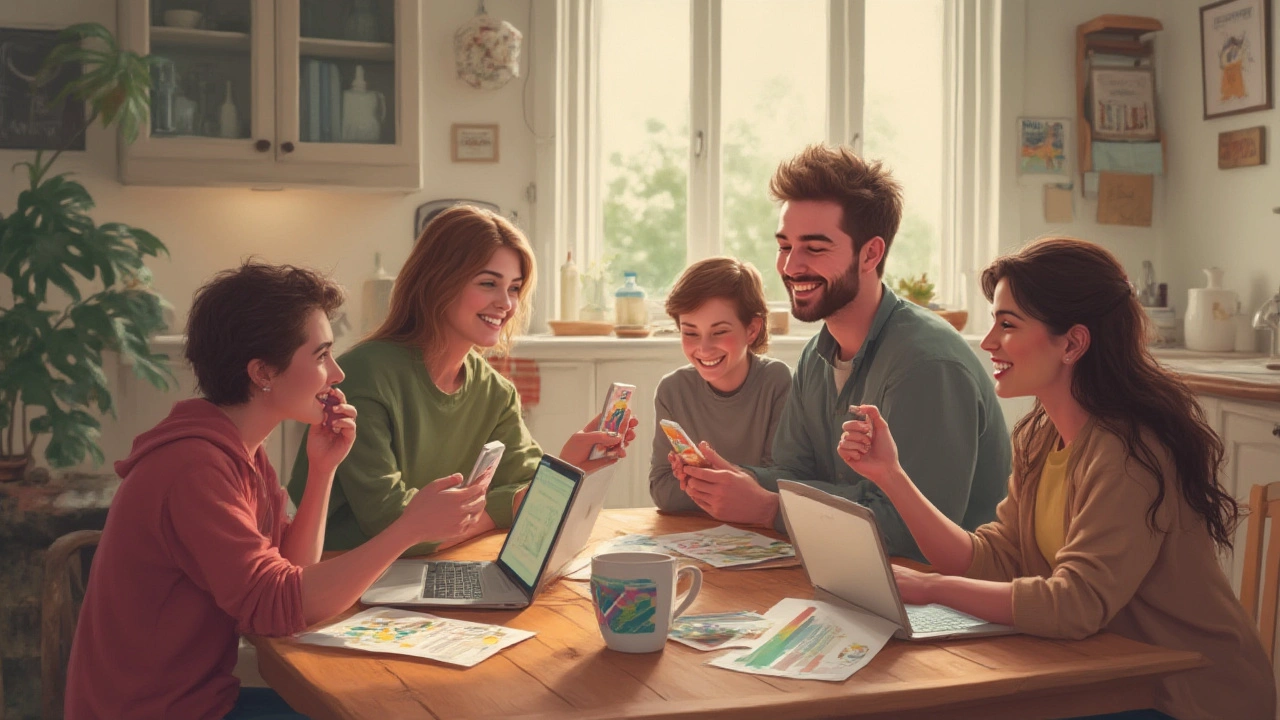
Not Just Price: Ease of Use, Perks, and Who Should Use What
Sure, saving money rules. But no one wants to jostle with a cranky app or get stuck in account hell when they’re sick. Here’s how the apps handle in real life, plus a few tips I’ve collected that the companies would never put on their websites.
- GoodRx: Massive reach, killer for people who want a backup at any pharmacy. Their website has tons of info—side effects, pharmacy maps, even medical advice. But, watch for ads and upsells. Their mailed discount card got lost in the post (no surprise, Aussie side of me found that funny). One-time use coupons exist for certain high-end or branded meds, but those aren’t always stackable with pharmacy loyalty schemes.
- SingleCare: Clean, fast interface. Account creation gets you rewards: they do a tiny sort-of-points system if you bring in friends. I liked how their app actually remembered my last search. The customer service? Genuinely helpful by phone, didn’t shunt me off to endless menus. If you need a prescription for your pet—yeah, they cover that too. Randomly, it has better pediatric antibiotic coupons than the rest.
- RxSaver: It shines in urban or chain pharmacy settings, and its search function is arguably the prettiest. Big on privacy, no extra data sharing. They didn’t bombard me with marketing emails, unlike GoodRx. But, slowest to load on clunky Wi-Fi, which matters if you’re already dashing late across a cold parking lot.
One myth: these coupons can’t be stacked with insurance. In most US pharmacies, if your copay is higher than the coupon, you can ditch insurance and pay the cash price instead. The techs told me plenty of folks do this, especially toward the end of the year when insurance deductibles haven’t reset.
Insider tips if you try these apps for the first time:
- Check the app before leaving your house. Prices change daily—sometimes hourly. Screenshot your coupon so if signal dies, you still have it.
- If you can wait, try the app late in the month. Apps adjust prices after pharmacies fight for higher fill quotas.
- Politeness gets you everywhere. If the pharmacist gets flustered with a coupon, thank them—they’re the ones fighting stone-age software on your behalf.
- Keep your eye out for coupons for new-to-market generics. These get pushed hardest (more discount) as soon as patents expire.
- Don’t forget: every pharmacy chain sets its own "logic" for how coupons are handled. Some combine with store memberships, others don’t. Never hurts to ask.
So, which one should be your go-to? For people in big cities with time to comparison shop, use all three, check every time. If you’re rural, GoodRx won’t let you down. For best possible average price—SingleCare, particularly for long-term maintenance meds. Still, none of these apps guarantee you’ll always get the very best price at every store at every moment.
For an even deeper dive, check out this review and comparison of SingleCare vs GoodRx vs RxSaver—it’s got side-by-side breakdowns and more alternatives if you’re feeling adventurous or stuck in an area with patchy coverage.
American prescription prices boggle anyone from outside the States, but these tools give you a fighting chance. With the right app, a keen eye, and a bit of luck, you can dodge some of the worst pocketbook pain and, maybe, feel just a little more in control of your own health.

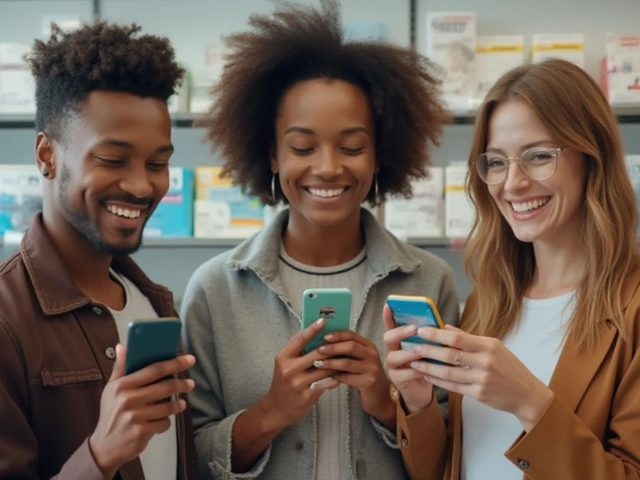
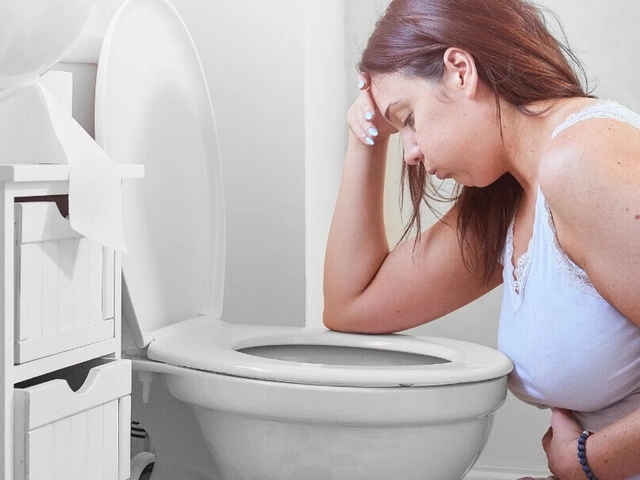
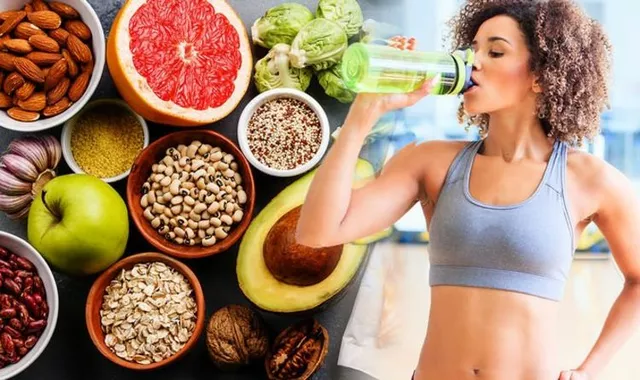
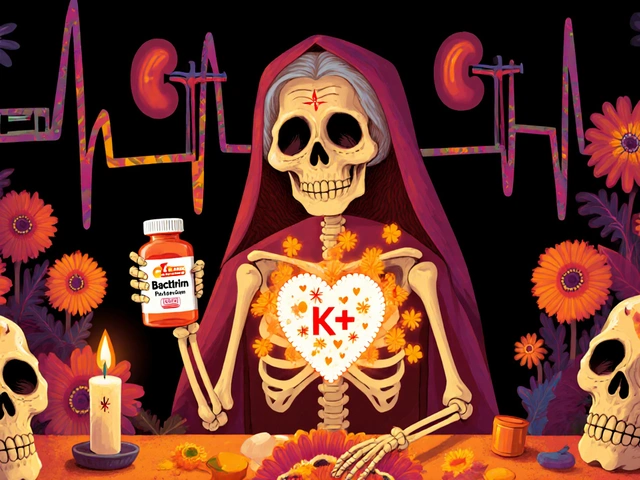
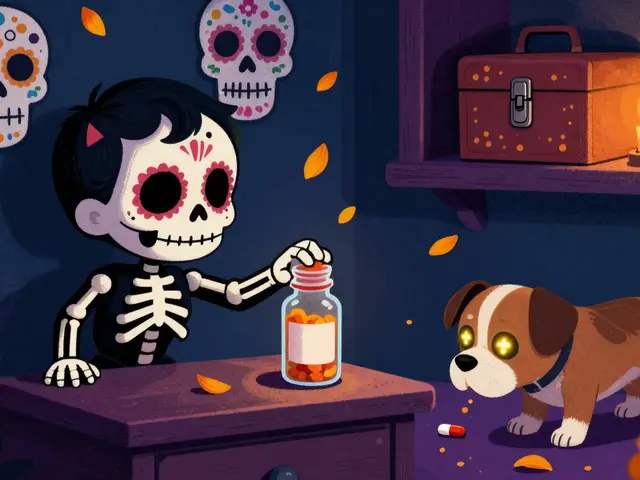
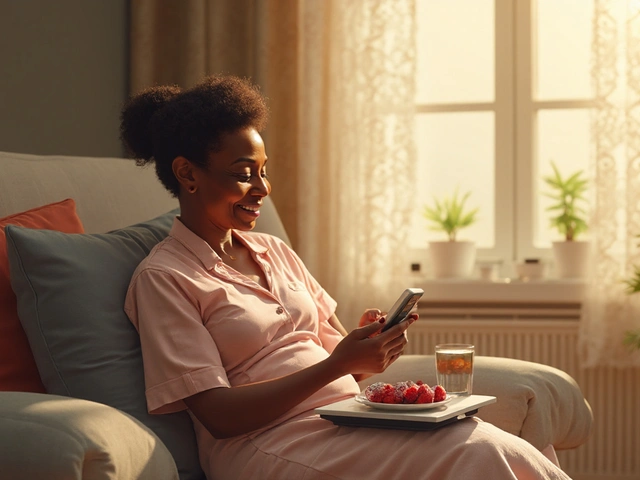
I found this comparison quite enlightening, honestly. Between SingleCare, GoodRx, and RxSaver, the key takeaway for me is how regional variations can impact savings significantly. It's not just about the app with the best advertised discount; it's about the closest pharmacies and their partners.
This means that for someone in a rural area, their experience might vary greatly compared to someone in a major city. What I like about this post is it took a real-world look rather than just promoting one app's promises.
Still, I think there's room for improvement in how these apps consolidate pharmacy data to give a unified experience to users everywhere. What do others think about how transparent these apps are about their partnerships and data sharing?
Thanks for breaking this down so clearly! I’ve personally tried both GoodRx and RxSaver, and I was surprised to learn SingleCare can sometimes offer steeper discounts.
From my experience, it’s a bit of a gamble depending on what medication you need and where you're purchasing it. Sometimes, the difference is huge; other times, it’s just a couple dollars.
I’d love to see more insights on how these apps handle customer service and user-friendliness, especially for people who aren’t tech-savvy. That’s a big factor for many in my family.
Honestly, I always wonder who’s really profiting from these so-called discounts. We keep thinking these apps are our saviors, but behind the scenes, are we just lining the pockets of big pharma and data brokers?
How trustworthy is the data they use? Are these savings consistent, or is it a bait-and-switch where prices are inflated before a 'discount' is applied?
It’s suspicious how similar these apps are in design and offers—it feels like an orchestrated effort to control the market rather than genuinely save consumers money.
Anyone else feel like we should be more skeptical about these services? Transparency is key but largely missing.
I get that skepticism, but I think these apps do offer real benefits. I've saved quite a bit by checking all three whenever I fill prescriptions.
Plus, anything that encourages competition in pricing is a good thing in my book. It’s a complex system, but these tools help level the playing field for folks without insurance or with high copays.
Of course, we should remain cautious and informed consumers, but I’d say these apps are genuinely useful overall.
It’d be interesting to see how these platforms adapt as healthcare regulations evolve.
I'm curious about the methodology used to determine which app comes out on top for saving money. Were the same medications and dosages compared across all apps? Also, did the study factor in geographic locations or pharmacy chains? These aspects can significantly affect prices.
And what about user experience? Sometimes the cheapest price isn’t necessarily worth it if the app is clunky or unreliable in terms of redeeming coupons.
I’d appreciate more transparency on these points, plus any insights into potential hidden fees or data privacy issues with these platforms.
Such a juicy topic! The whole landscape of prescription savings apps is like a colorful maze. Honestly, it’s fascinating how each app has its own ecosystem with unique offers and quirks.
For instance, I sometimes feel like GoodRx shines for generic meds, while SingleCare offers surprisingly good deals on brand names. The devil’s in the details, as always.
But beyond dollars and cents, it would be so uplifting to see these apps leverage their reach to push more affordable healthcare initiatives or educational resources. Could be a game changer.
Also, what about incorporating customer reviews or real-time price alerts? That kind of vibrant user engagement would spice things up!
While I appreciate the post, I find these drug discount apps somewhat dubious. Many claims feel inflated or inconsistent once you dig into them.
I’ve noticed glitches in the apps, occasional pricing errors, and confusing redemption processes that sometimes waste users’ time.
We should hold these platforms accountable for user experience and transparency. A poor app interface coupled with subpar customer support diminishes trust quickly.
Moreover, does anyone here know if these apps are regulated or audited to ensure fairness? Because it feels like a wild west scenario out there.
This whole 'who saves the most' contention is frankly overrated. What bothers me is how these apps glamorize savings as some heroic achievement while the underlying healthcare system remains broken and exploitative.
The drama around discounts distracts from the bigger picture—why are drug prices insanely high in the first place?
Until that changes, these apps are just temporary patchwork solutions that benefit certain players more than patients.
I say we focus less on cherry-picking discounts and more on systemic healthcare reform.
I usually approach these apps with mild skepticism and rarely trust the flashy discounts. It’s because in my experience, it’s more common to encounter fine print or limitations that reduce actual savings.
The post is informative but I question the longevity of these savings. Are they sustainable or just marketing gimmicks to pull in users?
Transparency in terms and conditions and clear disclosure about data usage practices would instill more confidence in these services.
Great analysis, thanks for sharing. From a technical perspective, I wonder how each app updates its price database and deals with pharmacy-specific discounts. Timely and accurate data is crucial.
Also, integration with pharmacy management systems could streamline coupon application at checkout. Do you know if any of these apps have made strides on that front?
It’d be interesting to see if future updates offer better API capabilities or partnerships that enhance user experience further.
Following up on my earlier doubts, I have to ask: Given how often these apps wince when it comes to privacy, are we just trading one problem for another?
Some folks might not realize how much personal and purchasing data gets sold or recycled across platforms.
This subtle sale of data under the guise of 'helping consumers save' might be the biggest hustle yet.
What safeguards do these apps actually promise or enforce? Are there any credible reports exposing their data practices?